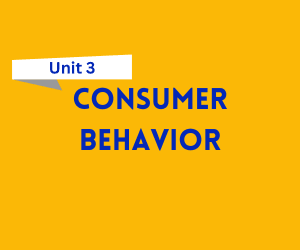This Production Theory and Cost Analysis Notes unit – 3 helps students understand how firms produce goods and services efficiently using various inputs and how costs are incurred during the production process. It covers both theoretical and practical aspects of production and cost analysis, essential for managerial decision-making.

Download Unit 3 – Production Theory and Cost Analysis Notes
Make revision quick and stress-free:
⬇️
Download Unit 3 Notes PDF
Production Theory
Production Function – Short Run and Long Run
The production function shows the relationship between inputs (like labor, capital) and output.
In the short run, some inputs are fixed (like machinery), while others vary.
In the long run, all inputs are variable, allowing firms to adjust production fully.
Laws of Production – Law of Variable Proportions and Returns to Scale
The Law of Variable Proportions explains how output changes when only one input is varied, keeping others constant (usually applies in the short run).
Returns to Scale describes how output changes when all inputs are increased proportionally (applicable in the long run).
Isoquants and Isocost Lines
Isoquants represent combinations of inputs that yield the same output level, similar to indifference curves in consumer theory.
Isocost lines show all possible input combinations that cost the same. They help in finding cost-efficient production.
Producer Equilibrium
A producer achieves equilibrium when they produce the maximum possible output at the lowest cost — this happens where the isoquant is tangent to the isocost line.
Expansion Path
The expansion path shows how a firm increases production as it expands its input usage while maintaining cost efficiency. It connects all equilibrium points of different output levels.
Cost Analysis
Cost Concepts – Fixed, Variable, Total, Marginal, Average
Fixed Costs don’t change with output (e.g., rent).
Variable Costs change with production level (e.g., raw materials).
Total Cost = Fixed Cost + Variable Cost
Marginal Cost is the additional cost of producing one more unit.
Average Cost is the cost per unit of output.
Short-Run and Long-Run Cost Curves
In the short run, firms face U-shaped cost curves due to fixed inputs.
In the long run, all costs are variable, and firms can optimize production levels, resulting in flatter cost curves.
